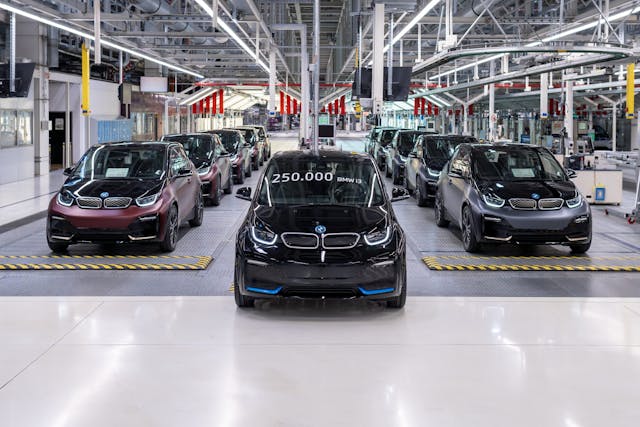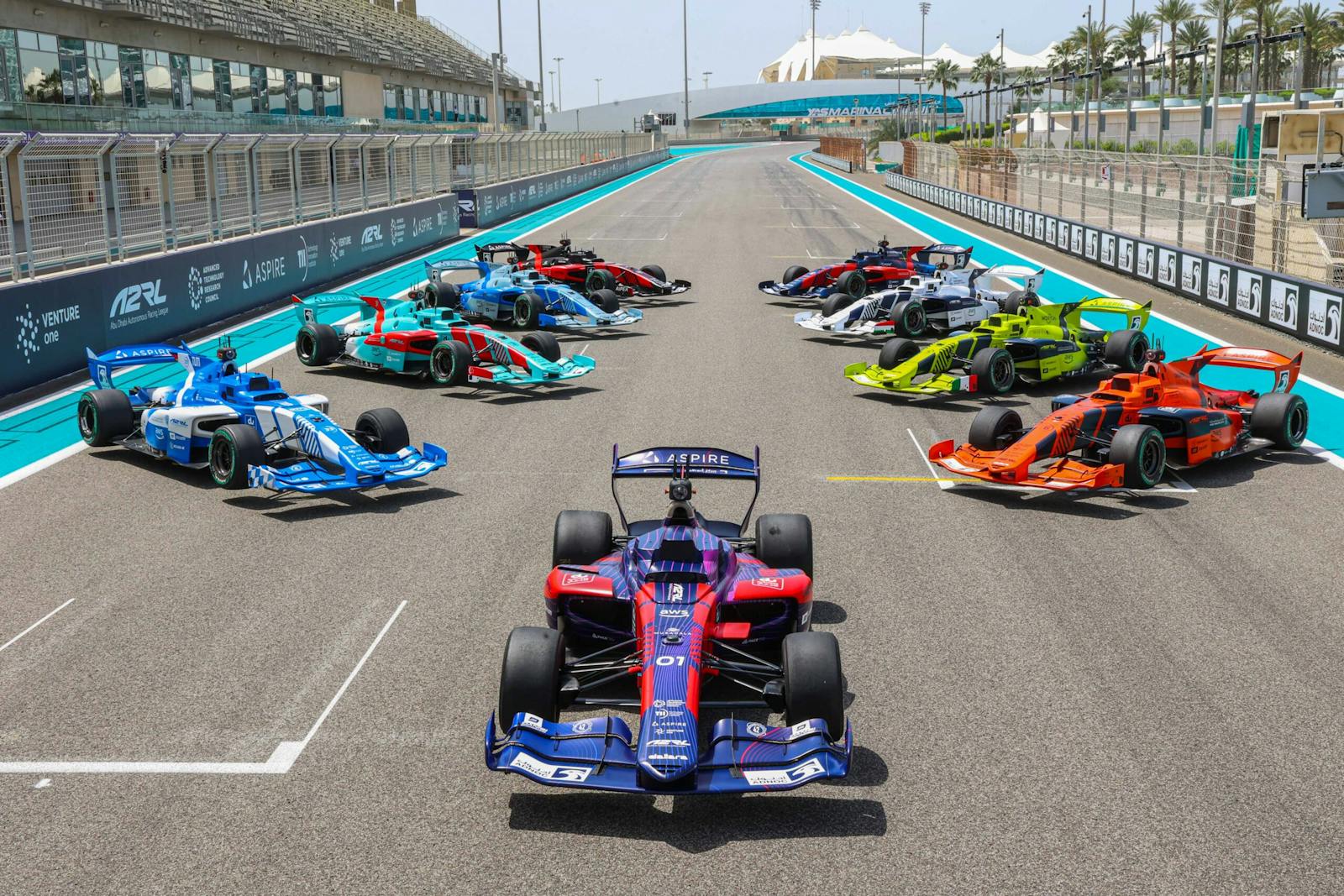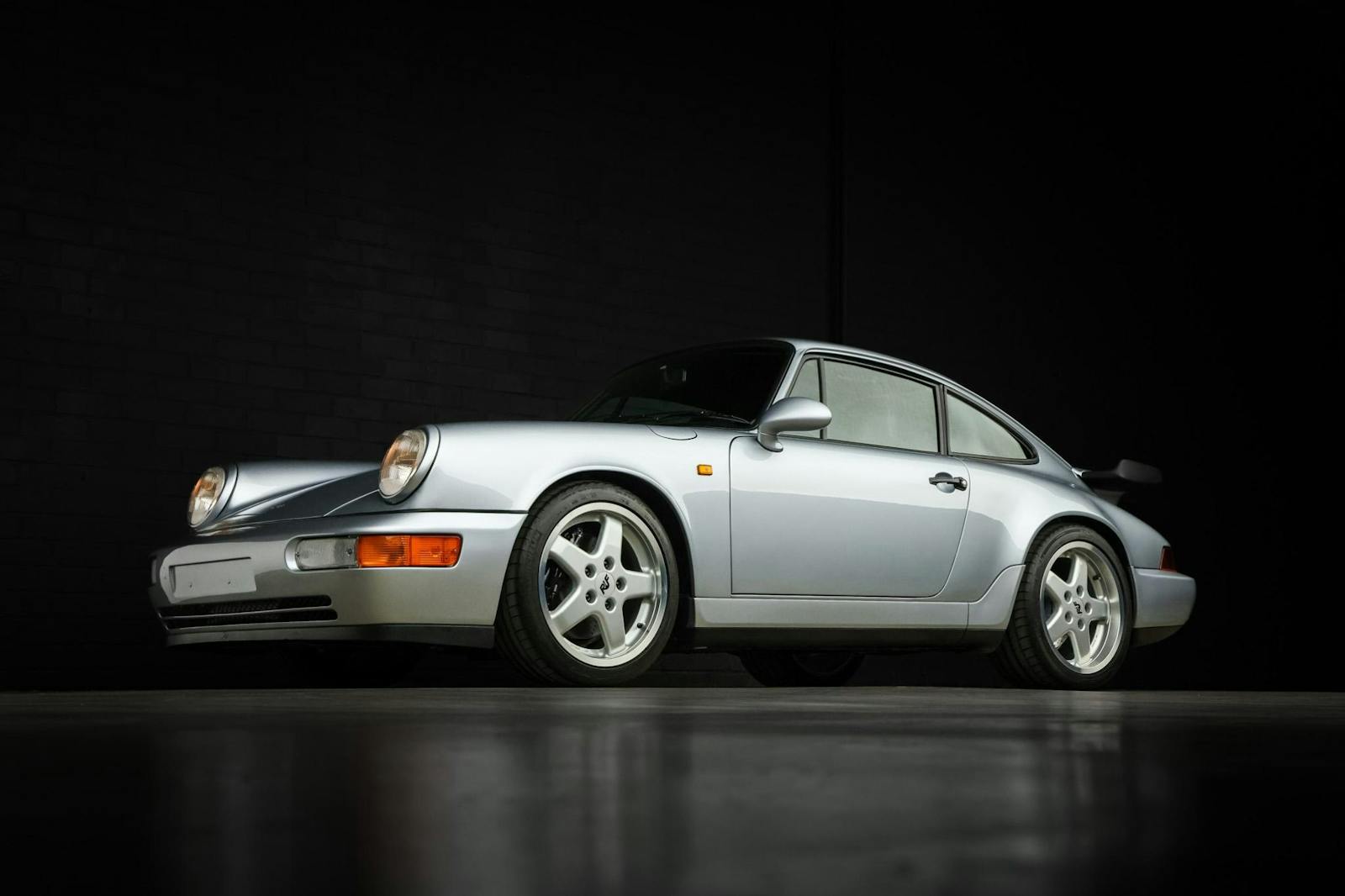As the BMW i3 bows out could it be a future classic?
After nine years in production and 250,000 cars produced, the pioneering BMW i3 is no more. Bowing out with a final run of just ten HomeRun Editions, could BMW’s first all-electric car become a classic?
Introduced in 2013 the i3 was designed to be revolutionary—a car ahead of the times that would shape the future. Even today it looks like a concept, not just in its quirky styling, but in its construction. This compact city car with its near mono-box design and suicide doors still stands out on the road. Under the skin its exotic carbon fiber monocoque and composite body panels offered a huge weight saving to offset the mass of batteries, and, in some models, an additional small internal combustion engine that acted as a range-extender.
At the time, when EV batteries were not so energy dense, it was a brilliant solution. The i3 was nimble in the bends and swift off the mark, while its lounge style cabin, built from sustainable materials, was a calm zone unlike any other BMW. Over its production BMW would keep updating the i3 as battery technology improved, increasing range and performance to a point where the range-extender became redundant. However, such has been the pace of development in battery tech that even in its final iteration the i3 was unable to match the distances or rapid charging capacity of newcomers.
Nonetheless, the i3 was a hugely influential car. Just take a look at the cabin of VW I.D. models and it’s clear where the inspiration came from. Unfortunately the car’s ingenious structural engineering has turned out to be something of a dead end, and with the demise of the similarly-structured i8, there are no more carbon BMWs. The process and raw materials proved to be just too expensive, and with the advances in battery energy-density, along with a market shift to larger utility vehicles, weight-saving has sadly taken a back seat. Gordon Murray Automotive is still pursuing a similar route for EVs, but the numbers to be sold are unlikely to be game-changing.
The final ten i3s have now rolled off the wind-powered, emissions-free production line in Leipzig—each painted in a Frozen Dark Grey and Frozen dark Red II, fitted with 20-inch allow wheels and Vernasca Dark Truffle leather trim—and all are sold.
Whether it’s the early adopters who first ordered the i3 at launch or those who have picked up the final examples, owners can be proud that they were part of a pivotal moment in motoring. That should be enough to secure a place in the museums and car collections of the future.



